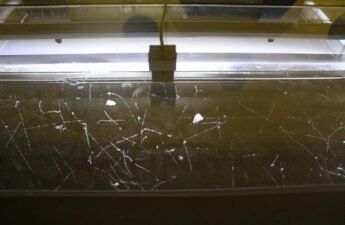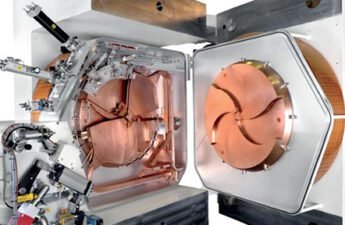The Wilson chamber or cloud chamber is a particle detector, which contributed to important particle physics discoveries.
Category: Subatomic particles
Cyclotron: what is it and how it works?
The cyclotron is a particle accelerator invented in 1932, for research in High Energy Physics and isotope production.
Standard Model of particle physics
The Standard Model was presented in 1970. It’s the result of many researches and discoveries in particle physics area since 1930.
Effects of gravity on antimatter
An experiment on CERN confirmed that antimatter is attracted by gravity in the same way as common matter.
Geiger-Müller counter: how does it work?
This post’s subject is Geiger-Müller counter. An instrument invented in 1908, which identifies radioactive objects and measures ionizing radiation level.
Quarks charm on protons
A new study suggests that exist subatomic particles called quarks charm inside the protons.
Cosmic rays: what are they?
The cosmic rays are a set of particles with high energy that arrives at Earth’s atmosphere every day, at speeds close to the light.
The discovery of tetraneutron?
Researchers may have discovered the tetraneutron, an atomic nucleus with only 4 neutrons. That theoretically shouldn’t exist.
Laser types (Part 3, fiber laser)
In this third part, are shown the operation principle, advantages and disadvantages, and the applications of fiber laser.
The BASE experiment with protons and antiprotons
The new BASE measure with high precision didn’t show substantial differences between protons and antiprotons, beyond the electric charge signal.










